Choosing the right torque converter for your vehicle can seem like a daunting task for most people. However, it doesn’t have to be. Armed with some basic information and a little guidance from our team of experts, you will quickly find that shopping for the perfect torque converter can be as easy as buying a new shirt.
To select a torque converter, first you need to determine its purpose and application. Then you need to identify several basic attributes of your vehicle. Once you’ve collected the information, you are ready to begin browsing theRevMax Performance Torque Converter online store.
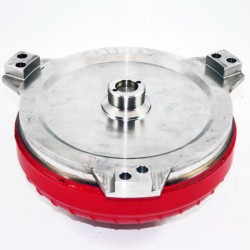
What is a Torque Converter?
To put it simply, a torque converter is a fluid coupler that allows your engine to idle without making the vehicle move. For racing and performance purposes, many people want a torque converter with higher stall speeds that allow the RPM to pick up before the engine engages the transmission.
For typical day-to-day transpiration purposes, most drivers simply want a torque converter that can help them stop at a red light without having to bare down on the brake pedal.
To learn more about how torque converters work, check out our recent blog post titled, “Torque Converters 101.”
What Are You Running Under the Hood?
Before selecting a torque converter, it is important to know your motor specs. The cam is going to dictate the power band of your motor. If your motor generates more power in the lower RPM range, you’ll want to select a converter that stalls at the beginning of that RPM range. If you use your vehicle for towing, make sure your torque is around 1800 RPMs. If you use your vehicle for street racing, your motor will typically start making the majority of its power at a higher RPM range, sometimes around 4500 RPMs – meaning you may want a higher stall speed.
You also need to consider the size of your motor. Small blocks tend to rev higher than big blocks, which means a big block would usually use a lower RPM stall converter.
Does your car have any after-market boosters like a turbo or a supercharger? If so, that will also affect your stall speed. Since a turbo needs RPMs to make power, it will require a higher stall speed. If you have a supercharger, you will need to know if it is a positive displacement blower or a centrifugal blower. Positive displacement blowers make low-end power and require a lower stall speed while a centrifugal supercharger is like a belt driven turbo.

The tires you use should also be taken into consideration. If you use tires that are small in width, like street tires, you are likely to burnout before putting any strain on the converter to get it to stall properly. If this happens, you will see lower stall speeds than you may have anticipated. Upgrading to fatter tires could help you in this situation.
There are other things you may need to consider depending on the use of your vehicle. If you are racing, you’ll want to make sure your torque converter includes an anti-balloon plate or a billet stator. You also need to think about upgrading your transmission to keep up with the torque converter.
There are a lot of different torque converters and stall speeds to choose from to match your needs. If you ever find yourself lost or confused, please do not hesitate to contact the professionals at RevMax Performance Torque Converters. We have the knowledge and experience to help you with all your needs.
To learn more about RevMax Performance Torque Converters, please visit our online store.We have helped thousands customers find the perfect torque converter for their vehicles, and we can help you too!

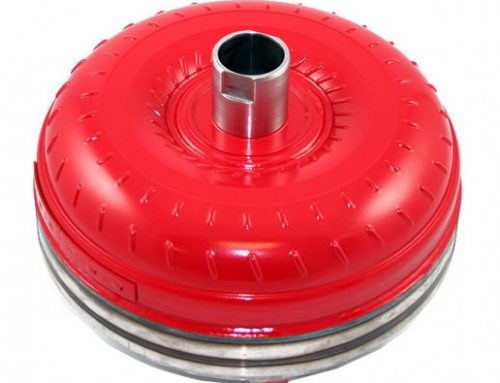
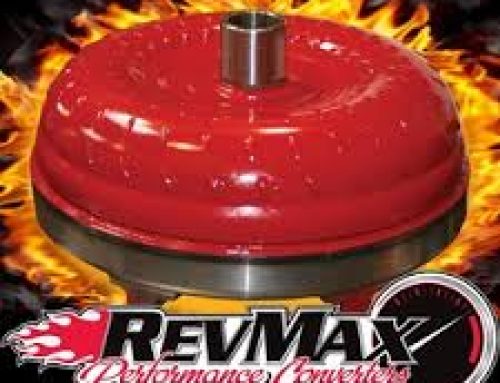
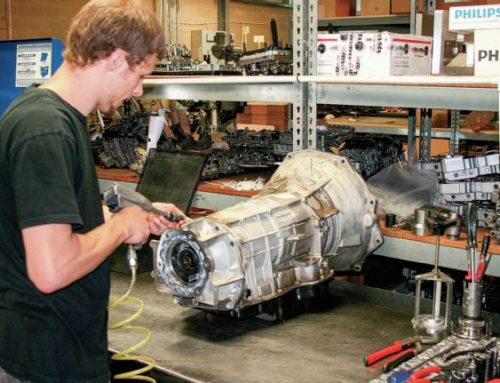
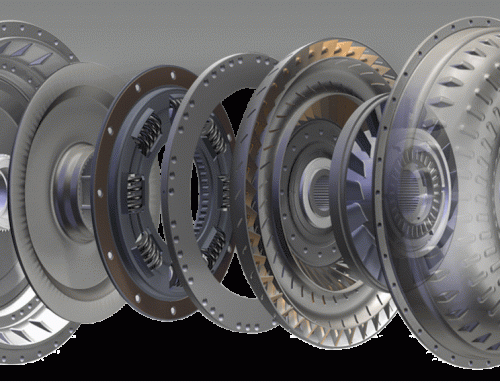

Leave A Comment